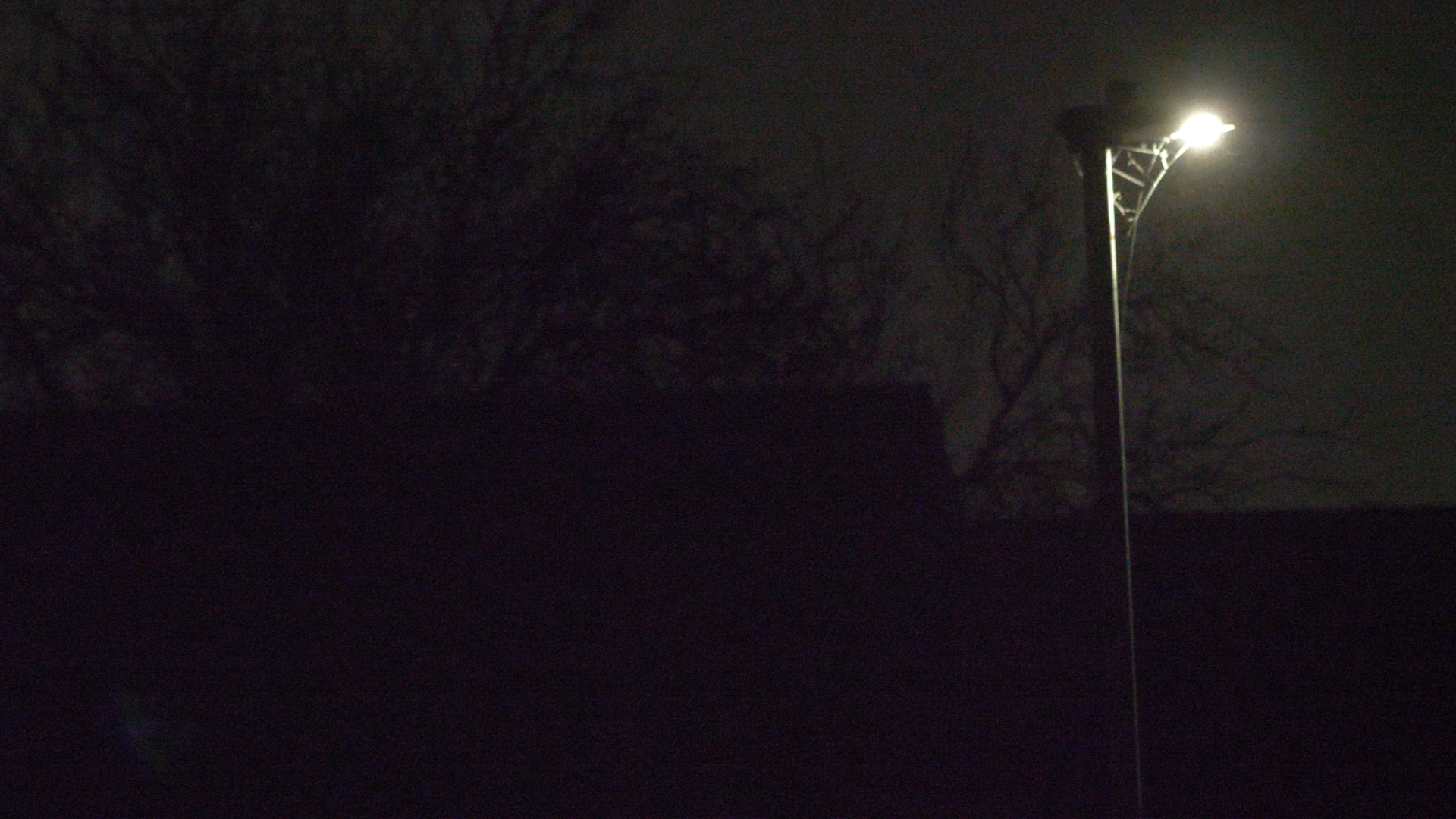ZHR stands for Zenithal hourly rate. And is a calculation of how many meteors an observer may view per hour
However, this number will be reduced by things, such a clouds and light pollution
Realm of Darkness

Published: 24th December 2021
Although this article has been published before Chrsitmas
If you are reading after celebrating Christmas, hopefully you had a great time and received something you wanted for Christmas
And hopefully you have a great New Year and start to 2022. Hopefully with not too big a hangover
No doubt, the Christmas decorations and lights may still be up, at the the beginning of January 2022. Which may make viewing a little more difficult. And some people may leave their lights up, well into the New Year
However, lets get started with some of the astronomical events, due to occur in January 2022
2nd January
The Moon will have finally disappeared for the start of 2022, and so may be a great opportunity to view the night skies. And take some photos. Especially if you received some astronomy or astrophotography related presents
The Moon sets at arounf 3:30 PM UK time, before the sunset. The sunset occurs at just after 4:00 PM UK
The New Moon doesn't occur until 6:33 PM UK, however being below the horizon, means the tecnicalities doesn't matter too much
Monday the 3rd of January is also a bank holiday in the UK, so hopefully this enables you to stay up late, and/or get up early to view and photograph the heavens
3rd January
The Quadrantid meteor shower reaches its peak on the 3rd of January, plus with the Moon not able to blaze its light across the night sky. It may be an ideal opportunity to view
It reaches its peak at around 10:00 PM UK, with a ZHR stands for Zenithal hourly rate. And is a calculation of how many meteors an observer may view per hour However, this number will be reduced by things, such a clouds and light pollution
To view, find the Bootes consteallation, which is in a northerly direction at around 10:00 PM. However it is low in the sky
Give your eyes a chance to get use to the dark, and watch
If you are able, try viewing at around 4:00 AM. Which may give you a chance to view, as the Bootes constellation in higher in the sky, in an easterly direction
Plus the likelyhood of the streets lights being off, may increase your chances of seeing
15th January
While the Moon is nearing its fulliest, if you want to try and view the M47 cluster of stars, then tonight may be an ideal opportunity. Especially being a weekend
You will need either a pair of
It can be seen from just after 10:00 PM UK til about 2:00 AM UK, looking in a southerly direction. An imaginary line from Alpha Monocerotis in the Monoceros constellation to Wezen in Canis Major may help your find
17th January
The first Full Moon of the New Year, occurs just before midnight tonight
It rises at around 3:30PM UK on the 17th and finally falls below the horizon the next day, just before 9:00 AM UK
Thus giving you plenty of time to view or photograph, if you desire. As the Moon gives its last blast of light before again loosing its shine
Associated Podcast / Video
Darkest Hour, Brightest Night also produce a podcast and video. Which gives you an overview of the events due to occur in January 2022
These should be released on the 29th of December 2021, and the podcast can be found in the Podcast section or on you podcast app
The video can be found in the video section, or via Odysee or Youtube
Following us on social media will keep you up to date on the events mentioned in this article, and related updates
Support
If you enjoyed the article, and would like to help us in creating more content. Then please consider donating via Buy Me a Coffee
Written by: Ben Patmore
Ben Patmore is an amateur astrophotographer